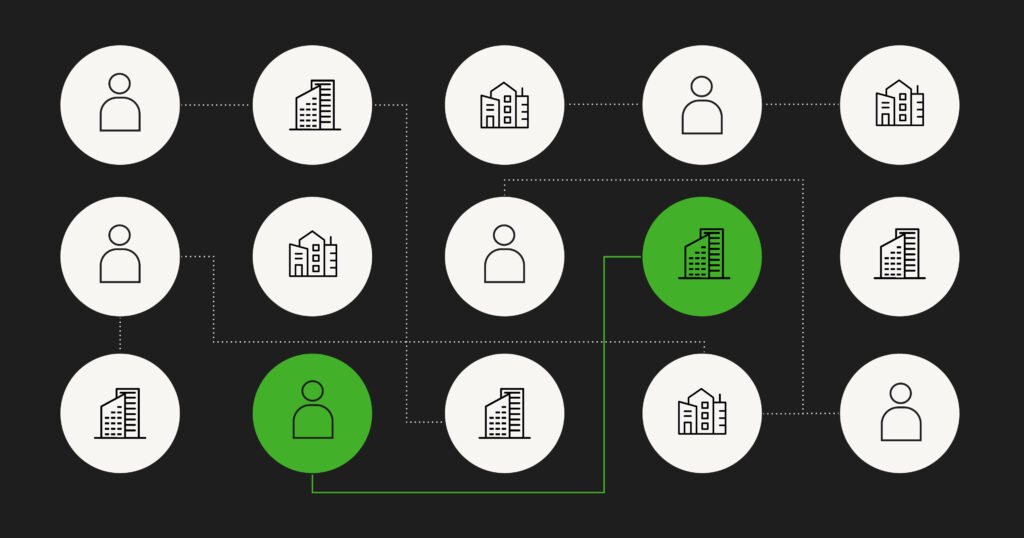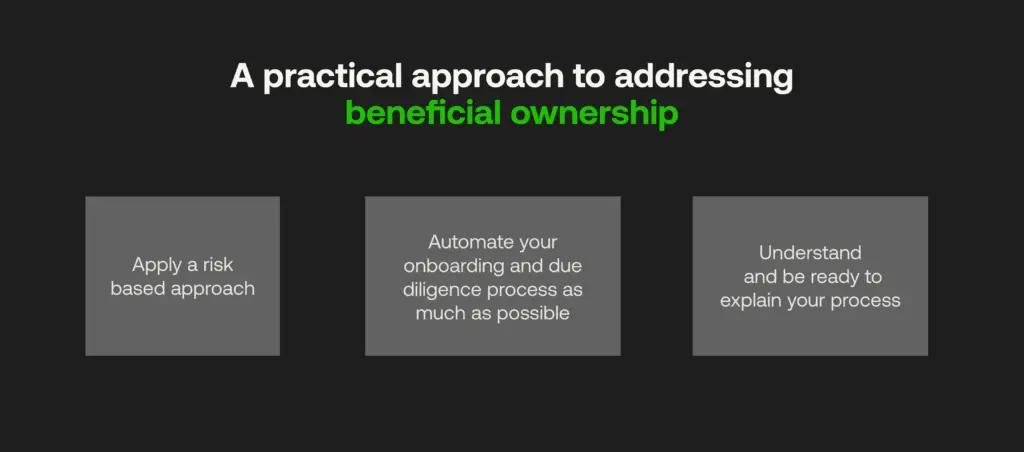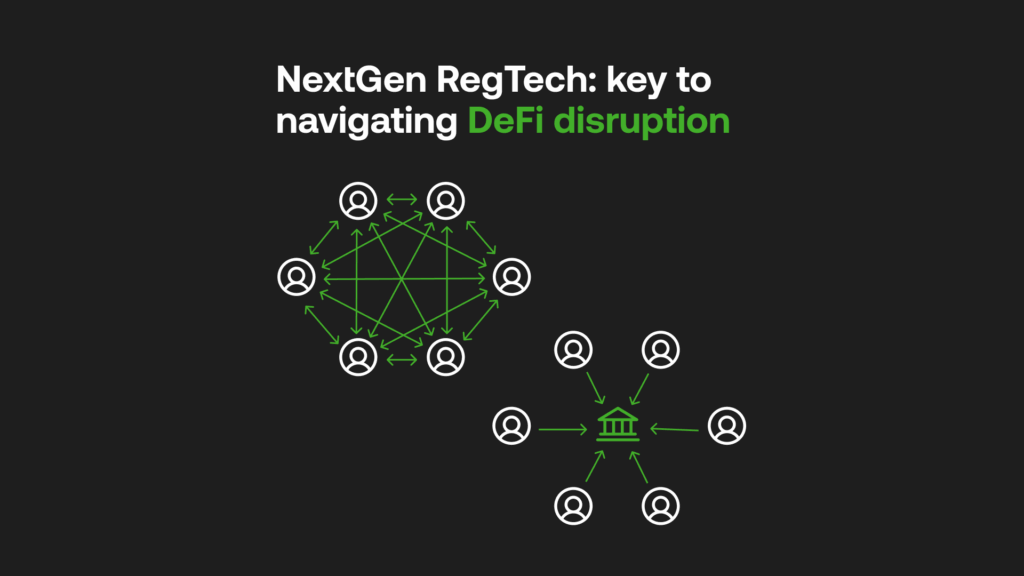Uncovering Beneficial Ownership: The Key to Financial Accountability

Table of Contents
- What is Beneficial Ownership?
- The Importance of Beneficial Ownership Transparency
- AML Regulations and Beneficial Ownership
- South Africa’s CIPC Beneficial Ownership Register
- Challenges in Uncovering Beneficial Ownership
- Best Practises for Uncovering Beneficial Ownership
- Future Trends and Technologies
- Conclusion
The concept of Beneficial Ownership transparency has recently taken centre stage in AML compliance and the combating of financial crime. Understanding who owns or controls a company or asset—the so-called “beneficial owner”—is crucial for promoting accountability and integrity across financial systems worldwide.
This article will explore the significance of beneficial ownership, the current regulations and challenges concerning it, and emerging best practices for compliance professionals seeking to peel back the layers obscuring ultimate beneficial owners.
What is Beneficial Ownership?
Beneficial ownership refers to the natural person or persons who ultimately own, control, or benefit from a legal entity such as a company or property. While legal ownership can often be obscured behind corporate structures, identifying the true human beneficiary illuminates otherwise hidden relationships and interests.
The Financial Action Task Force (FATF), the global anti-money laundering watchdog, defines a beneficial owner as the natural person who ultimately owns or controls a customer and/or the person on whose behalf a transaction is conducted, as well as who exercises ultimate effective control over legal persons or arrangements.
The Importance of Beneficial Ownership Transparency
Revealing beneficial owners’ identities is crucial for preventing illicit activities and enhancing financial accountability.

When ownership is shrouded, this allows criminals to mask involvement in money laundering, tax evasion, terrorist financing, and other illegal practices. Transparency instead, enables regulators and financial institutions to effectively monitor transactions and identify high-risk activities requiring enhanced due diligence to help uncover illicit activity.
Beneficial ownership transparency is essential for:
- Stopping the misuse of shell companies: Shell companies with concealed owners are used to launder proceeds of corruption, evade taxes, and finance terrorism. Identifying beneficial owners puts ownership in the public eye.
- Facilitating customer due diligence: Financial institutions and businesses can more effectively assess customer risk with transparency around asset ownership and control.
- Empowering law enforcement: Investigations depend on piecing together complex ownership structures to uncover financial crimes. Access to beneficial ownership data enhances these inquiries.
- Strengthening public trust: Opaque corporate structures enable fraud and questionable conduct in professional sectors that influence public life. Instead, transparency promotes equity and accountability.
AML Regulations and Beneficial Ownership
The FATF Recommendations provide global standards for legal frameworks that aim to enhance the transparency of beneficial ownership. AML laws and regulations increasingly require financial institutions to identify the beneficial owners of corporate customers.
Key directives include:
- FATF Recommendation 24: Countries should utilise mechanisms that require adequate, accurate, and timely information on the beneficial ownership of companies.
- FATF Recommendation 25: Countries should require financial institutions to identify the beneficial owners of customers and take reasonable measures to verify their identity.
- EU 5th Anti-Money Laundering Directive Requires member states to implement centralised registers of beneficial ownership information.
South Africa’s CIPC Beneficial Ownership Register
The South African Companies and Intellectual Property Commission (CIPC) has recently established a Beneficial Ownership Register requiring companies and close corporations to submit details on their ultimate beneficial owners.
This comes in response to the deficiencies identified by the FATF related to South Africa’s anti-money laundering framework. Beneficial owners are defined as individuals who ultimately own or control more than 5% of a company.
The new register aims to enhance transparency and enable law enforcement to swiftly uncover those who control corporate structures. Companies must disclose basic information on beneficial owners including names, ID numbers, and extent of ownership. This data must be updated annually, or within five days following any changes. Non-compliance can result in fines and other penalties.
Affected companies had a deadline of 1st October 2023 for initial filings.
While major listed companies are exempt, most South African companies must now take steps to collect and report beneficial ownership details to the CIPC register to comply with the new regulations. This significantly enhances South Africa’s efforts to prevent financial crimes through beneficial ownership transparency.
Challenges in Uncovering Beneficial Ownership
With stricter regulations demanding the transparency of beneficial ownership, major obstacles still remain:
- Shell companies: Criminals exploit shell companies registered in secrecy jurisdictions, with lax disclosure rules, to conceal identities.
- Complex structures: Ownership chains can span multiple jurisdictions and entities to disguise beneficial owners.
- Inadequate compliance: Many companies fail to obtain complete beneficial ownership information from customers.
- Lack of standards: Countries have varying definitions and requirements for identifying beneficial owners.
Best Practises for Uncovering Beneficial Ownership
Despite these challenges, financial institutions and businesses can take steps to enhance beneficial ownership identification:
- Required ownership details: Demand the thorough disclosure of ownership information from prospective customers, including ultimate natural persons that benefit.
- Verify data: Independently corroborate customer-provided information through media searches, documents, and by linking individuals to companies or addresses.
- Monitor transactions: Implement ongoing monitoring that can detect suspicious transactions indicating hidden beneficiaries.
- Adopt technology: Use advanced analytics tools to help uncover opaque ownership networks.
- Share information: Facilitate greater information exchange between companies, regulators, and law enforcement to improve transparency.

Future Trends and Technologies
Emerging technologies show promise for increasing access to verified beneficial ownership data:
- Central registries: Open-access platforms consolidate beneficial ownership information in one centralised database.
- Blockchain: Blockchain-based identity management can provide real-time visibility into ownership.
- Artificial intelligence: AI tools can synthesise disparate data to uncover hidden relationships pertaining to beneficial owners.
Conclusion
Obscured corporate ownership enables financial crime. Beneficial ownership transparency powers prevention.
While progress has been made, work remains to unravel complex structures shielding the ultimate beneficiaries. Companies and regulators must collaborate to close information gaps through technology and enhanced due diligence.
RelyComply offers an AML platform which makes it easy to collect, verify, and update beneficial ownership data to maintain compliance.
Disclaimer
This article is intended for educational purposes and reflects information correct at the time of publishing, which is subject to change and can not guarantee accurate, timely or reliable information for use in future cases.


